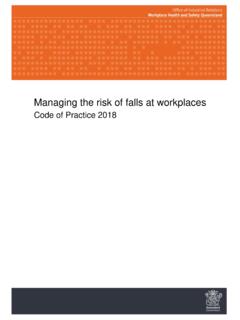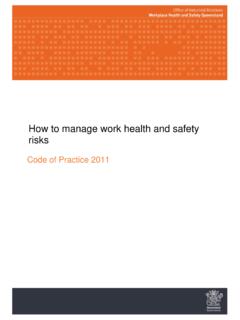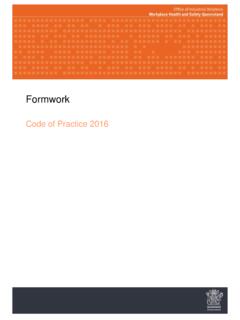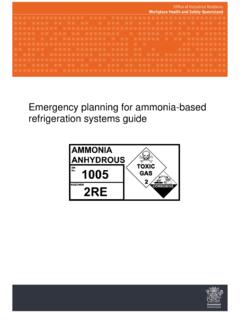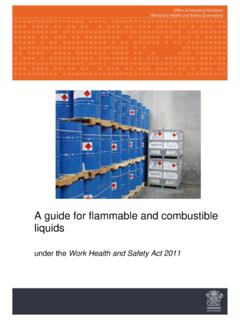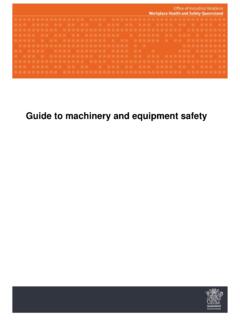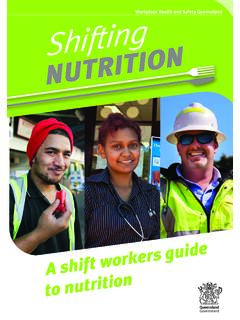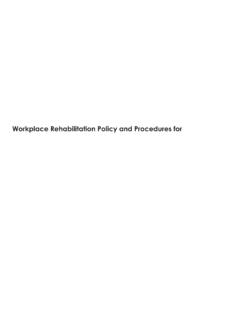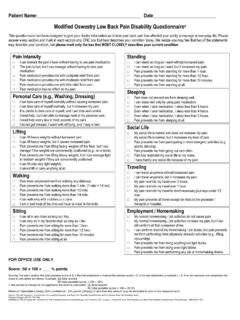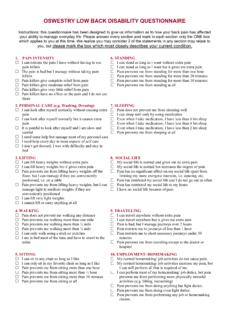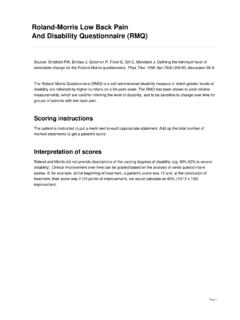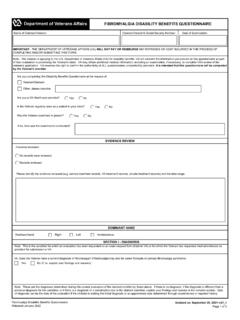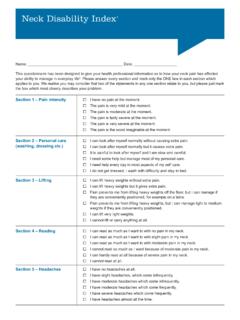Transcription of Oswestry Low Back Disability Questionnaire
1 Oswestry Low back pain Disability Questionnaire Sources: Fairbank JCT & Pynsent, PB (2000) The Oswestry Disability Index. Spine, 25(22):2940-2953. Davidson M & Keating J (2001) A comparison of five low back Disability questionnaires: reliability and responsiveness. Physical Therapy 2002;82:8-24. The Oswestry Disability Index (also known as the Oswestry Low back pain Disability Questionnaire ) is an extremely important tool that researchers and Disability evaluators use to measure a patient's permanent functional Disability . The test is considered the gold standard' of low back functional outcome tools [1]. Scoring instructions For each section the total possible score is 5: if the first statement is marked the section score = 0; if the last statement is marked, it = 5. If all 10 sections are completed the score is calculated as follows: Example: 16 (total scored).
2 50 (total possible score) x 100 = 32%. If one section is missed or not applicable the score is calculated: 16 (total scored). 45 (total possible score) x 100 = Minimum detectable change (90% confidence): 10% points (change of less than this may be attributable to error in the measurement). Interpretation of scores 0% to 20%: minimal Disability : The patient can cope with most living activities. Usually no treatment is indicated apart from advice on lifting sitting and exercise. 21%-40%: moderate Disability : The patient experiences more pain and difficulty with sitting, lifting and standing. Travel and social life are more difficult and they may be disabled from work. Personal care, sexual activity and sleeping are not grossly affected and the patient can usually be managed by conservative means. 41%-60%: severe Disability : pain remains the main problem in this group but activities of daily living are affected.
3 These patients require a detailed investigation. 61%-80%: crippled: back pain impinges on all aspects of the patient's life. Positive intervention is required. 81%-100%: These patients are either bed-bound or exaggerating their symptoms. Page 1. Oswestry Low back Disability Questionnaire Oswestry Low back pain Disability Questionnaire Instructions This Questionnaire has been designed to give us information as to how your back or leg pain is affecting your ability to manage in everyday life. Please answer by checking ONE box in each section for the statement which best applies to you. We realise you may consider that two or more statements in any one section apply but please just shade out the spot that indicates the statement which most clearly describes your problem. Section 1 pain intensity Section 3 Lifting I have no pain at the moment I can lift heavy weights without extra pain The pain is very mild at the moment I can lift heavy weights but it gives extra pain The pain is moderate at the moment pain prevents me from lifting heavy weights off the floor, but I can manage if they are The pain is fairly severe at the moment conveniently placed eg.
4 On a table The pain is very severe at the moment pain prevents me from lifting heavy weights, but I can manage light to medium weights if The pain is the worst imaginable at the they are conveniently positioned moment I can lift very light weights Section 2 Personal care (washing, dressing etc) I cannot lift or carry anything at all I can look after myself normally without causing extra pain Section 4 Walking*. I can look after myself normally but it pain does not prevent me walking any distance causes extra pain pain prevents me from walking more than It is painful to look after myself and I am 2 kilometres slow and careful pain prevents me from walking more than I need some help but manage most of my 1 kilometre personal care pain prevents me from walking more than I need help every day in most aspects of 500 metres self-care I can only walk using a stick or crutches I do not get dressed, I wash with difficulty and stay in bed I am in bed most of the time Page 2.
5 Oswestry Low back Disability Questionnaire Section 5 Sitting Section 8 Sex life (if applicable). I can sit in any chair as long as I like My sex life is normal and causes no extra pain I can only sit in my favourite chair as long as My sex life is normal but causes some extra I like pain pain prevents me sitting more than one hour My sex life is nearly normal but is very painful pain prevents me from sitting more than My sex life is severely restricted by pain 30 minutes My sex life is nearly absent because of pain pain prevents me from sitting more than 10 minutes pain prevents any sex life at all pain prevents me from sitting at all Section 9 Social life Section 6 Standing My social life is normal and gives me no extra pain I can stand as long as I want without extra pain My social life is normal but increases the I can stand as long as I want but it gives me degree of pain extra pain pain has
6 No significant effect on my social life pain prevents me from standing for more than apart from limiting my more energetic interests 1 hour eg, sport pain prevents me from standing for more than pain has restricted my social life and I do not go 3 minutes out as often pain prevents me from standing for more than pain has restricted my social life to my home 10 minutes I have no social life because of pain pain prevents me from standing at all Section 10 Travelling Section 7 Sleeping I can travel anywhere without pain My sleep is never disturbed by pain I can travel anywhere but it gives me extra pain My sleep is occasionally disturbed by pain pain is bad but I manage journeys over two Because of pain I have less than 6 hours sleep hours Because of pain I have less than 4 hours sleep pain restricts me to journeys of less than one hour Because of pain I have less than 2 hours sleep pain restricts me to short necessary journeys pain prevents me
7 From sleeping at all under 30 minutes pain prevents me from travelling except to receive treatment . *Note: Distances of 1 mile, mile and 100 yards have been replaced by metric distances in the Walking section Page 3. Oswestry Low back Disability Questionnaire References 1. Fairbank JC, Pynsent PB. The Oswestry Disability Index. Spine 2000 Nov 15;25(22):2940-52;. discussion 52. Page 4.
